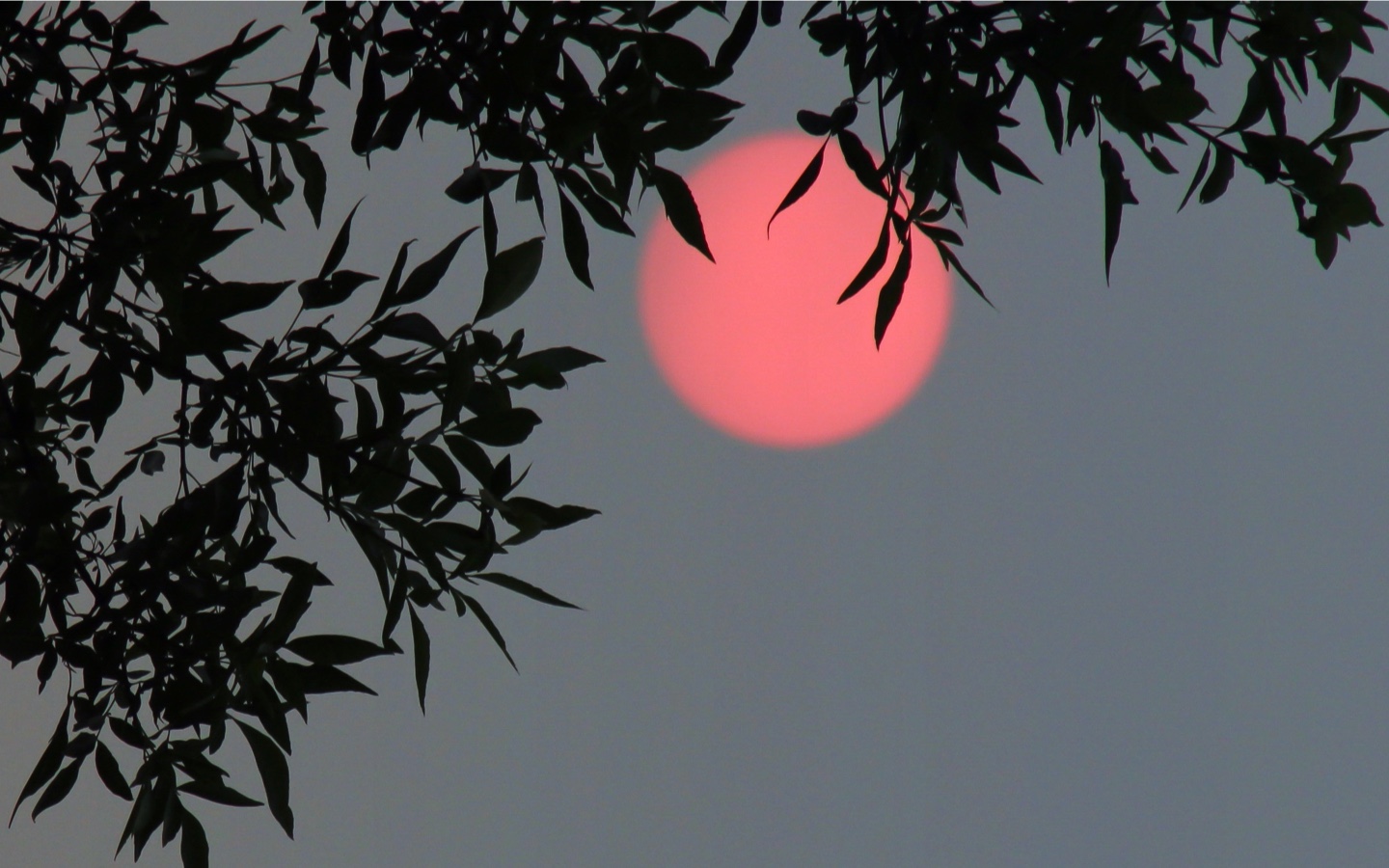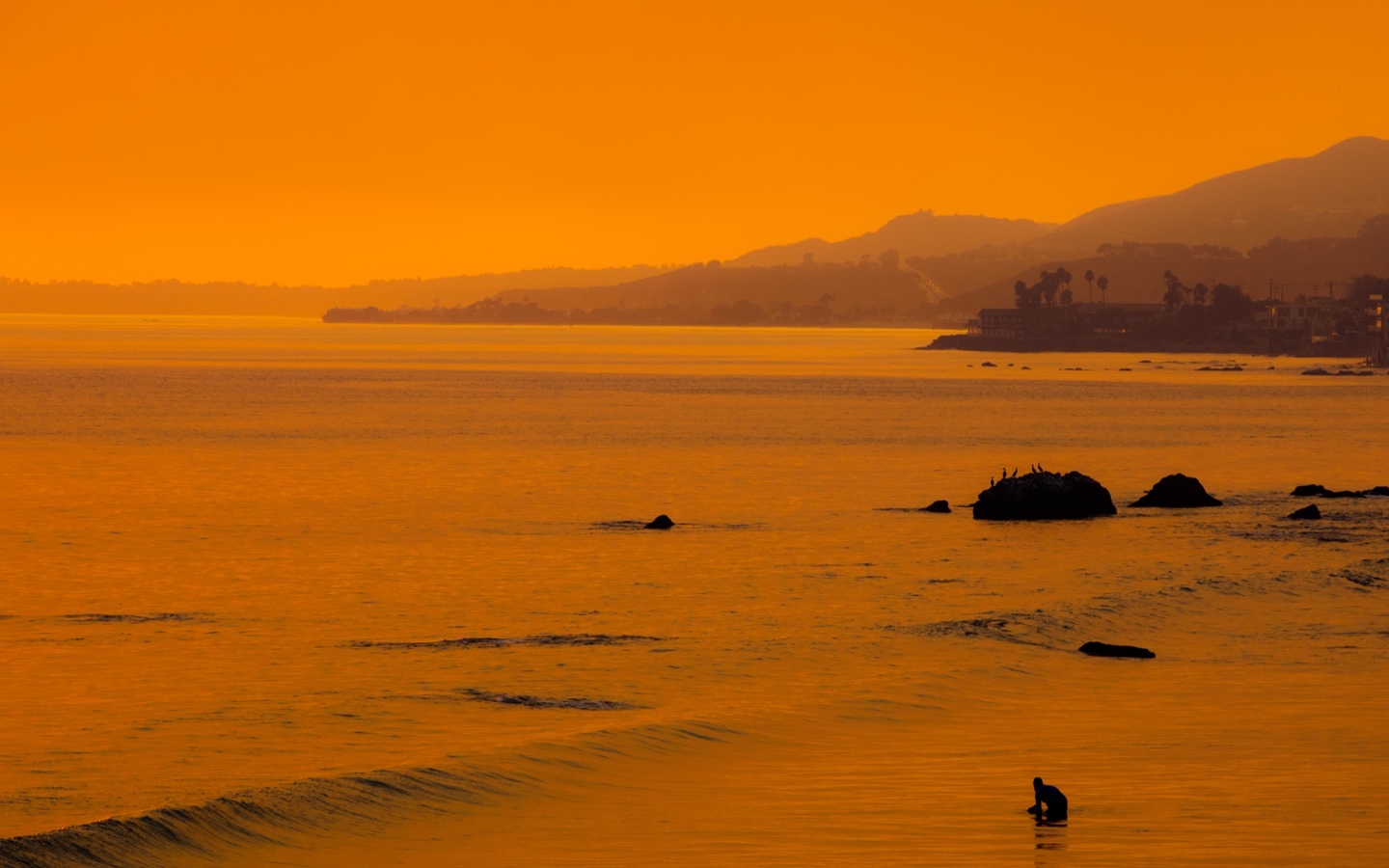Nothing can shelter us from climate change. And it’s going to get worse unless we do something about it.
I was visiting family in Oregon last week when it became obvious there would be no hiding from climate change. That it was here. Devastating the places I love. For many, like those in California, the hurricane-affected coasts, or Phoenix, this feeling is probably nothing new. But, naively, I didn’t expect to see the clear and dangerous impacts of a warmer and drier climate in the Pacific Northwest so soon. I was wrong.
My family and I were staying at my parents’ one-bedroom cabin with its cozy loft and ancient wood beams. The cabin was built in 1933 along the Zigzag River in the lush Mount Hood National Forest. The champions of the forest — the 100-foot tall Douglas firs surrounding the cabin — are even older. The cabin is, always has been, the place I felt most safe and at home. It’s the space, I always figured, I would eventually retreat to. Because of climate change, that’s no longer true. We’ll probably be lucky if it’s still standing in ten years.
On Labor Day, I was doing what I’ve done for the 20 years my parents have had the cabin — spending time with family on its deck, listening to the river, relaxing. When I was a kid, when the climate was colder and wetter, we didn’t worry so much about forest fires. But in 2020, the conditions were so primed for a major blaze — more than half the state is in “extreme” or “major” drought — local restrictions meant we couldn’t have a barbecue, let alone roast marshmallows at the fire pit. Still, we made the most of it, going for hikes and mountain-bike rides. Then the forest started falling on us.

Once-in-a-generation, violent winds caused the trees to sway in 20-foot arcs. Then the power went out. Next, small, fir branches started pelting us. Smoke from a fire on the other side of the mountain filled the air. That night, the falling branches got bigger. My nephews, ages 4 and 6, slept soundly in the loft with us as bigger and bigger logs pelted the metal roof. Sometime after midnight, I felt the thunderous crash of a tree hitting the forest floor. I kept hearing wood splitting. I feared the next one would crush the cabin, or us. After another booming thud, we left the loft and slept on couches on the main floor to have a little bit more protection.
In the morning, we went outside to view the wreckage. Fir branches and a few trees completely covered the road. Several cabins near ours had massive, ancient evergreens on them. Just before Oregon shut down all of the Mount Hood National Forest to visitors, we hit the road for the city. On the way down the mountain, my wife and I went for a hike on a popular trail along the Sandy River. It was completely impassable. Thousands of dead trees piled into a tangled mess. It was devastating. The few hikers we saw were in shock — one backpacker described recording a goodbye video for his wife while trees snapped all around him. Still, the worst for the state was yet to come.
We got a hotel room in downtown Portland along the Willamette river for a few days. Our view across the waterway became increasingly obscured from smoke, until we couldn’t see to the West Side at all. Those winds spread fire all over the state. More than 1 million acres have burned in Oregon (and over 3 million in California) — a land mass the size of New Jersey. Wildlife habitats were completely obliterated. As well as entire neighborhoods. Thousands evacuated. We met a number of evacuees in our hotel. The lucky ones, with somewhere to go.

The air quality index became don’t-go-outside scary. Thirty-five miles south of Portland, in McMinnville, where my parents live, it stayed above 600 (anything over 300 is considered hazardous and the EPA scale tops out at 500). In Portland, it hovered around 250. The streets were eerily quiet. We only saw homeless people walking about. It felt like end times. The air pollution was inescapable, giving us nasty headaches and achy lungs. But we were fortunate. The cabin still stands. And we had a home to go to.
We hit the road to head back to New Mexico, where we can, for now, take a big deep breath of fresh air. As we pulled into the village where we live at the foot of the Sangre de Cristo Mountains, I couldn’t shake the feeling that, drought, fires, hurricanes, rising seas, sooner or later, were coming for all of us.
I’ve heard from many who justify the fires as a natural process. And that we just need to manage our forests better. There’s truth to that. But it is also true that climate change has led to hotter and drier conditions that create forest fires of unprecedented magnitude. Because rising temperatures evaporate moisture, drying out the ground, the average wildfire season in the West is now three and a half months longer than it was a few decades ago, while the number of annual large fires has tripled.
According to scientific consensus, climate change, caused by burning fossil fuels like coal and oil, will only make these disasters worse.
“I always say no. It’s going to get worse.”
Philip B. Duffy, a climate scientist and president of the Woodwell Climate Research Center, told the New York Times that many people did not understand the dynamics of a warming world.
“People are always asking, ‘Is this the new normal?’” he said. “I always say no. It’s going to get worse.”
The question is: What are we going to do about it?
Can you help those impacted by

Shop Pillows
The Essential Organic Pillow Collection
Gentle, breathable, non-toxic support.






